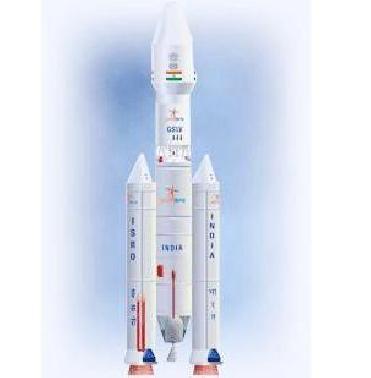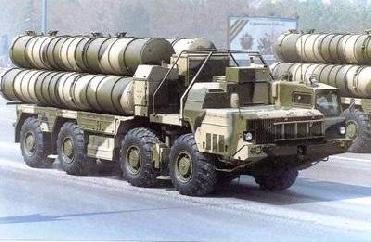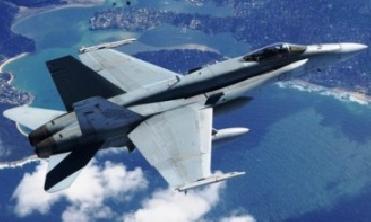
An artist's rendition of the Geosynchronous Satellite Launch Vehicle Mark III. Image Credit: ISRO.
CHENNAI (PTI): After the successful static testing of its Solid Propellant Booster Rocket Stage, S-200, for GSLV Mk III Launch Vehicle that would put heavier satellites in space, India would test the liquid stage later this month.
"We are in the final stages of preparation for the test of the liquid stage (two liquid engines each with 110 tonnes of propellants) at the Liquid Propulsion Centre at Mahendragiri in Tamil Nadu," Indian Space Research Organisation (ISRO) Chairman K Radhakrishnan told reporters here on Monday.
In a significant milestone in the country's space programme, ISRO had successfully conducted the static testing of its GSLV Mk III's Solid Propellant Booster Rocket Stage, S200, at the Satish Dhawan Space Centre in the spaceport of Sriharikota, 80 km from here, on January 24.
S200 is the third largest solid booster in the world after the RSRM solid booster of Space Shuttle and P230 solid booster of European rocket ARIANE-5.
GSLV-Mk III is currently under the advanced stage of development for placing four tonne class of communication satellites in Geo-Sunsynchronous Orbit.
The vehicle will make India self-reliant in launching heavier communication satellites of INSAT-4 class weighing 4,500 to 5,000 kg and enhance its competitiveness in the multi-million dollar commercial launch market.
Speaking after receiving a honorary doctorate at the fifth convocation of SRM University here, Radhakrishnan said that the initial test of the liquid stage would be for 14 seconds and depending on its outcome a longer trial would be taken up.
"After analysing the performance, we will have a long duration test for about 200 seconds. It would take about a week or ten days to analyse the test data and after studying it in detail and if all the parameters are successful, we will go for the long duration test," Radhakrishnan said.
He said the significance of the success of S200 solid booster test was that the design and development were a pure indigenous technology effort, including raw materials and entire processing.
During the test, the S200 booster was fired for 130 seconds and generated a peak thrust of about 500 tonnes.
The performance of the booster was exactly as predicted.
Nearly 600 health parameters were monitored during the test and the initial data indicates normal performance.
"We would have another S-200 test in six to eight months from now on at Sri Harikota," he added.
On the launch of PSLV-C15, which would be the first for Radhakrishnan since taking over the ISRO Chief, he said it would take place by the end of March or beginning of April.
PSLV-C15 would put into orbit Cartosat-2B, a high-resolution remote sensing satellite, that would aid in infrastructure and urban planning.
ISRO would also take up the flight testing of indigenous "cryogenic stage" onboard GSLV-D3 in April, Radhakrishnan said. It would carry the GAST-4, a communication satellite.
"Though we have had several GSLV flights, this will be more significant as it will carry our own cryogenic stage.
Till now we are using Russian cryogenic stage," he said, adding the process of integrating the cryogenic stage with the vehicle was now underway.
 Previous Article
Previous Article Next Article
Next Article











The Indian Air Force, in its flight trials evaluation report submitted before the Defence Ministry l..
view articleAn insight into the Medium Multi-Role Combat Aircraft competition...
view articleSky enthusiasts can now spot the International Space Station (ISS) commanded by Indian-American astr..
view article